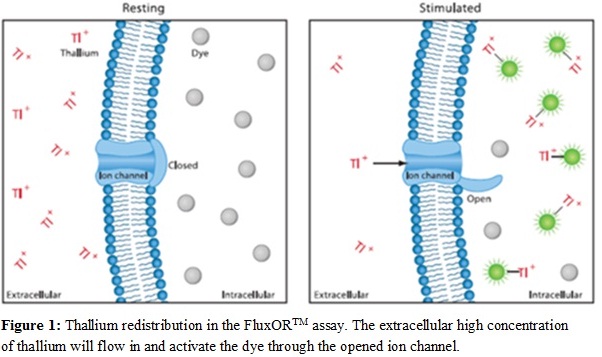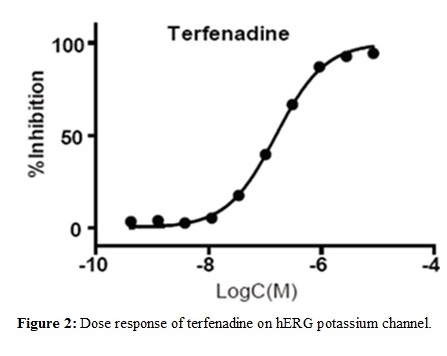
Two platforms built for early stage drug safety evaluation by the International Scientist Working Station of Neuropharmacology, established in July, 2011 by Shanghai Institute of Materia Medica (SIMM), have been launched formally after four months’ test operation.
The International Scientist Working Station of Neuropharmacology mainly focused on pharmacology and drug discovery targeting at ion channels. Soon two platforms was launched for for hERG evaluation and have already contributed to several projects within SIMM during its testing running, including development of the novel chemotherapeutic agent Delitinib. The platforms utilizes two key technologies: a plate-based fluorescent high throughput screening (HTS) system and traditional patch-clamp recordings.
Academic labs are increasingly becoming sites for novel early-stage drug discovery, particularly for diseases which are either too rare or economically unfavorable for industrial research. However, just as in the pharmaceutical industry, the final litmus test for candidate drugs are clinical trials, where unwanted side-effects can equate to years of research effort and large financial investments being wasted on ultimately unusable compounds. One such side-effect is drug-induced Long QT (LQT) Syndrome, a life-threatening arrhythmia that results from off-target inhibition of the cardiac hERG potassium channel by many small molecules. In contrast to common core services for nucleotide sequencing or mass spectrometry, academic institutions often lack dedicated facilities for safety profiling of early-stage drug candidates. To fill this crucial need, the platforms for hERG evaluation have been established in the station and provided supports for the research community in SIMM immediately.
The HTS platform uses an industry-standard hERG profiling assay in which channel activity is measured using the response of a fluorescent dye to the transmembrane flux of thallium, a heavy metal which serves as a surrogate for potassium. Because thallium is not present in normal cellular conditions, this assay benefits from high signal-to-noise ratios, and allows rapid screening of small-molecule activity in 96 or 384-well plate format.
However, the gold standard experimental measurement of potassium channel activity is patch clamp, in which the movement of ionic currents across the plasma membrane is recorded using small-diameter glass electrodes applied directly to the cell surface. The high precision measurement allowed by this technique comes at the cost of low throughput and the need for skilled technicians to perform these experiments. By making standardized patch clamp services available to the SIMM community, the platform offers a valuable service to laboratories that may not otherwise have easy access to electrophysiological data crucial for drug-candidate advancement.
While the platforms are currently focused on hERG profiling, the station also possess the capacity for tailored measurements of other channels of pharmacologic interest. Through collaborations within SIMM and other institutions, the station hopes to widely facilitate academic drug discovery in China.





86-10-68597521 (day)
86-10-68597289 (night)

86-10-68511095 (day)
86-10-68512458 (night)

cas_en@cas.cn

52 Sanlihe Rd., Xicheng District,
Beijing, China (100864)

